Programming News
Medium
345

How to Code Effectively in 2025
- Tools like GitHub Copilot, ChatGPT, Tabnine, and Cody can generate functions from plain-language prompts, suggest bug fixes or improvements, and help write test cases or refactor messy code with specific prompts.
- When coding effectively in 2025, prioritize clear, meaningful names for variables and functions, small single-purpose functions, and minimal but useful comments for readability.
- Save time and reduce errors by setting up auto-formatting and linting tools, basic CI/CD pipelines, and development containers or Docker environments for consistent setup.
- Productive coding in 2025 involves smart planning, efficient tool utilization, energy management, and continuous improvement rather than just focusing on typing speed.
Read Full Article
20 Likes
Dev
277

Image Credit: Dev
Efficient Cookie Management with the Cookie Store API
- The Cookie Store API offers a more efficient way to manage cookies in web applications compared to the traditional document.cookie method.
- The API provides a promise-based interface that is asynchronous and avoids blocking the main thread, making it suitable for modern web development.
- It allows for cleaner and more intuitive methods for handling cookies, built-in event handling for cookie changes, and efficient operations for managing multiple cookies.
- An example of using the Cookie Store API is demonstrated through building a theme switcher that stores user preferences in a cookie for future visits.
- The API utilizes async/await pattern, supports cookie change detection, and simplifies reading and writing cookies.
- Browser support for the Cookie Store API is currently limited, with Chrome and Edge offering support while Firefox and Safari are working on implementation.
- For browsers without native support, implementing a fallback mechanism using traditional cookie methods like document.cookie is recommended.
- The Cookie Manager class example demonstrates how to handle cookies using modern API if available or falling back to traditional methods.
- In conclusion, the Cookie Store API enhances cookie management in web development with its promise-based interface and features, making it a valuable tool for building modern web applications.
- Future readiness involves implementing appropriate fallback mechanisms for browsers lacking support for the Cookie Store API.
Read Full Article
16 Likes
Johndcook
140

Alternative exp and log notation
- An article suggested using a↑b for ab and a↓b for loga(b) as a pedagogical approach drawn from Knuth’s up arrow and down arrow notation.
- Advantages of this alternative notation include symmetry between exponents and logs, making the base of the logarithm more prominent, and a typographically linear representation.
- The up and down arrow notation keeps expressions within a line, in contrast to conventional notation which extends above and below the line.
- The article presents basic properties of logs and exponents using both conventional and up/down arrow notations.
Read Full Article
8 Likes
PlanetPython
436
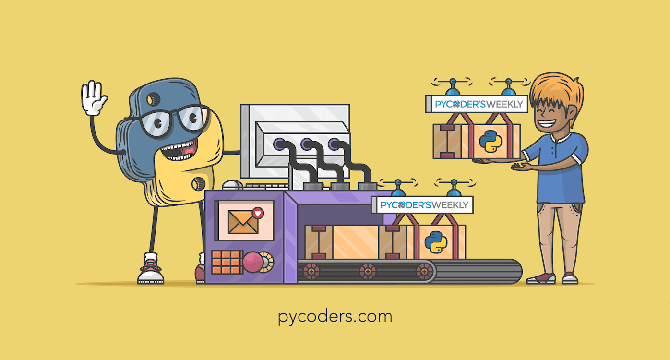
Image Credit: PlanetPython
PyCoder���s Weekly: Issue #681: Loguru, GeoDjango, flexicache, and More (May 13, 2025)
- Learn how to use Loguru for simpler Python logging, reducing time spent on configuration and improving debugging efficiency.
- Explore creating web maps with GeoDjango, Pillow, and GPS in the Python-based Django framework.
- Understand Python error handling from try/except to production monitoring with real-world advice provided by Sentry.
- Discover flexicache, a cache decorator in the fastcore library, allowing finer control over caching.
- Find out about the latest PSF Fellow Members for Q1 2025 and updates on Python Enhancement Proposals.
- Get insights into the release of Python 3.14.0 Beta 1 and recent Django security releases.
- Explore Python projects involving AI, knowledge graphs, workflows, and more, along with tutorials on sets in Python and software engineering.
- Learn about subprocess module usage in Python and making PyPI's test suite faster, among other useful Python libraries and developer trends in 2025.
- Discover upcoming events like PyCon US 2025, PyData Bristol Meetup, Flask Con 2025, and more.
- Stay informed with the latest Python developments and events through PyCoder’s Weekly Issue #681.
Read Full Article
26 Likes
Discover more
- Software News
- Web Design
- Devops News
- Open Source News
- Databases
- Cloud News
- Product Management News
- Operating Systems News
- Agile Methodology News
- Computer Engineering
- Startup News
- Cryptocurrency News
- Technology News
- Blockchain News
- Data Science News
- AR News
- Apple News
- Cyber Security News
- Leadership News
- Gaming News
- Automobiles News
Medium
213
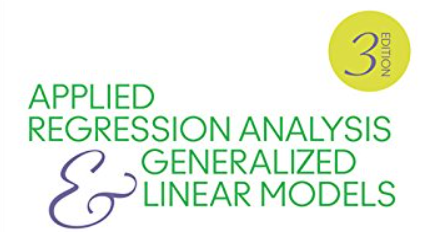
Image Credit: Medium
Advanced Data Analysis: Elevating Your Skills with Modern Techniques
- Using advanced data analysis techniques like crPlots, influence.measures, splines, gam, glm, lmer, rlm, bootstrapping, mice, selection, and cross-validation can lead to unbiased and reliable results.
- Ignoring influential points or nonlinearity can result in biased estimates and overconfidence in results.
- Assuming linearity can obscure true effects, leading to incorrect policy or business decisions.
- Using OLS on counts or proportions violates distributional assumptions, producing nonsensical predictions.
Read Full Article
12 Likes
Hackernoon
77

Image Credit: Hackernoon
When It's 3AM and Your App is on Fire: How Distributed Tracing Saves the Day
- Distributed tracing is crucial for tracking performance issues in complex microservices architectures.
- Without distributed tracing, troubleshooting involves manual correlation of timestamps and guesswork.
- With distributed tracing, one can easily identify latency issues and pinpoint problematic components.
- The three pillars of observability are logs, metrics, and traces, each serving a different purpose.
- Distributed tracing provides end-to-end visibility of request flows, aiding in detecting failures and performance bottlenecks.
- Real-world examples include Shopify using tracing to resolve Black Friday issues and Uber identifying timeouts through tracing.
- Metrics signal when something is wrong, logs offer detailed context, and traces reveal the 'why' and 'where' of issues.
- Starting with an observability framework like OpenTelemetry or Jaeger and instrumenting code is vital for distributed tracing.
- Effective data collection, meaningful tags, and scaling the tracing implementation are key steps in maximizing its benefits.
- Common pitfalls to avoid include excessive data collection, poor sampling, and siloed analysis.
- The future of distributed tracing includes AI-powered anomaly detection, enhanced privacy controls, and business-centric observability.
Read Full Article
4 Likes
Medium
254

Image Credit: Medium
Go Is for Developers, Zig Is for Masochists — And I Love Both
- Go, released in 2009 by Google, prioritizes simplicity, productivity, readability, and scalability over complex programming paradigms.
- Zig, on the other hand, is a new and challenging language that delves deep into systems programming with minimal hand-holding.
- The contrast between Go and Zig reflects different preferences in coding approaches, with Go being for developers and Zig being for those who enjoy the challenge.
- Despite their differences, the author appreciates both Go and Zig for what they reveal about coding and human nature.
Read Full Article
15 Likes
Dev
186

Image Credit: Dev
JavaScript string manipulation technique Every Developer Should Know [Part 1]
- JavaScript string manipulation techniques are crucial for developers to enhance productivity and code faster.
- Common methods like toUpperCase(), toLowerCase(), substring(), substr(), slice(), split(), replace(), and trim() are highlighted.
- Advanced techniques include trimStart(), trimEnd(), charAt(), charCodeAt(), includes(), indexOf(), lastIndexOf(), startsWith(), and endsWith().
- Additional manipulations like repeat(), padStart(), padEnd(), using template literals, and formatting currency with toLocaleString() are showcased.
Read Full Article
11 Likes
Medium
363

Transforming Azure DevOps Engineering with AI Tools
- AI tools are reshaping the future of software development, particularly in Azure DevOps engineering, by automating tasks, optimizing workflows, and driving innovation.
- The integration of AI in Azure DevOps boosts efficiency and productivity by automating manual tasks like code reviews, testing, and deployment, enabling developers to focus on strategy and creativity.
- AI tools empower DevOps engineers to make better decisions, optimize performance, and proactively minimize downtime by analyzing data, identifying patterns, and predicting failures.
- AI fosters innovation and collaboration within Azure DevOps teams, enabling experimentation, exploration of new ideas, and continuous improvement in software development, with endless possibilities for reshaping the industry in the future.
Read Full Article
21 Likes
Dev
68

Image Credit: Dev
How to Set Album Art for MP3 Files using Python?
- Many people want to enhance their MP3 collections by adding visual elements like album art, as it improves the listening experience by providing context to the music.
- Mutagen is a Python module that offers a simple way to handle audio metadata, supporting various formats including MP3, FLAC, and others.
- To set album art for an MP3 file using Mutagen, you need to install it using pip and then follow a step-by-step process, including importing necessary libraries, loading the MP3 file, setting the album art by reading and encoding an image file, and checking if the art was added successfully.
- If Mutagen doesn't meet your needs, alternatives like eyed3 and tinytag can be considered for working with ID3 tags in MP3 files or reading metadata respectively.
Read Full Article
4 Likes
Medium
45
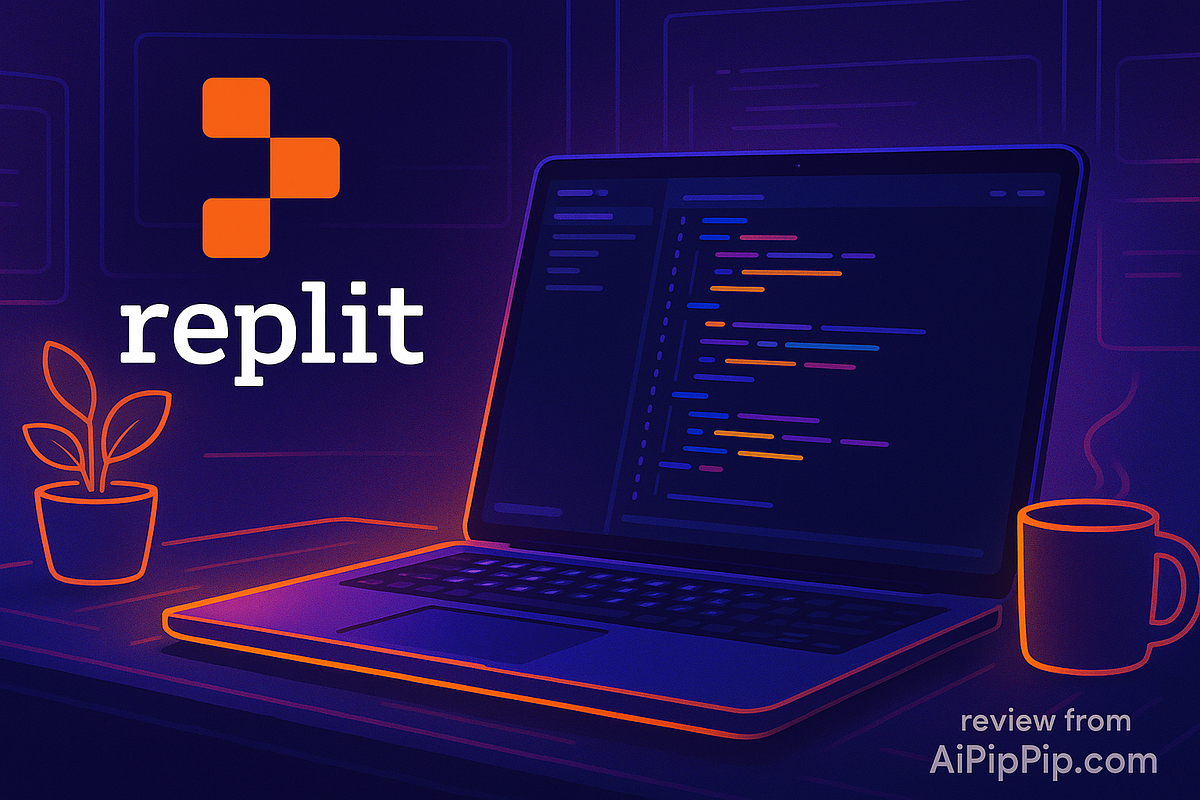
Image Credit: Medium
Replit’s AI Revolution: Why This Coding Tool is Your Ticket to Building Anything, Anywhere
- Replit is an AI-powered, cloud-based coding platform that allows users to write, run, and deploy code in various languages without the need for downloads or server configurations.
- Replit's key features include AI functionalities like code suggestions, error detection, and auto-debugging, making it a versatile tool for developers, students, freelancers, startups, and hobbyists.
- While the free plan is suitable for small projects, heavy users might encounter limits on storage and compute power, with paid plans offering more capabilities at a reasonable price.
- In 2025, Replit is considered a must-have tool for coding, providing accessibility, collaboration, and an enjoyable coding experience, especially in a world dominated by AI technology.
Read Full Article
2 Likes
Medium
150

Image Credit: Medium
Disaster Recovery Planning for Databases: Because Murphy’s Law Loves Your Data
- Data disasters can occur due to various reasons such as code bugs, accidental deletions, ransomware, hardware failures, or human error.
- Having a solid disaster recovery plan is crucial to recovering data and resuming operations after an unexpected catastrophe.
- Disaster recovery involves more than just backups; it includes knowing how to utilize backups effectively, the speed of recovery, and the acceptable data loss.
- Think of disaster recovery as a fire escape plan for your data, essential for survival in case of a data emergency.
Read Full Article
9 Likes
Medium
254
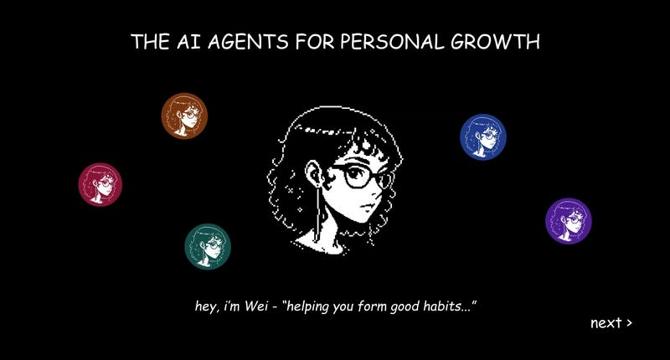
Image Credit: Medium
How To Build End-To-End AI Voice Agentic App Using AI/ML API and OpenAI Realtime API
- A participant in a LocalDown hackathon built Wei, an AI agent for habit-building, and won 3rd place.
- Wei is an AI agent that makes habit-building effortless through natural dialogue and offers rewarding experiences.
- The tutorial covers building Wei from scratch using the official OpenAI Agents Python SDK and AI Agents SDK.
- Wei is powered by tools like shadcn/ui for Next.js, motion-primitives, and prompt-kit.
- Approximately 6 to 7 AI Agents handle different aspects of the app, transferring control to each other as needed.
- Agents like Greeter, General, Rewards, Points, Habits, and Info Agents manage various functionalities in Wei.
- Functions such as getting user data, managing habits, calculating points, and providing rewards are handled by specific agents.
- The API logic for Wei involves handling requests, managing database functions, and using cached user data for efficient processing.
- UI components like ChatInterface, ChatInput, and associated contexts are crucial for enabling interactions with the AI agent.
- The tutorial delves into building the app's UI/UX, running the app locally, and deploying it using Vercel.
Read Full Article
15 Likes
Medium
159

Image Credit: Medium
Why Vibe Coding is Taking Over
- Vibe coding is a paradigm where developers describe what they want in plain language, and AI generates the code, shifting the programmer’s role to guiding and refining.
- Vibe coding is popular due to accessibility, speed, voice-to-code tools, rapid prototyping, and blurring traditional roles between designers and developers.
- In vibe coding, developers describe their idea, AI generates code based on the description, testing and refining are done iteratively, and the final product is deployed once satisfactory.
- Challenges of vibe coding include ensuring code quality, debugging AI-generated code, and the continued need for human oversight in decision-making and problem-solving.
Read Full Article
9 Likes
The Pragmatic Engineer
27
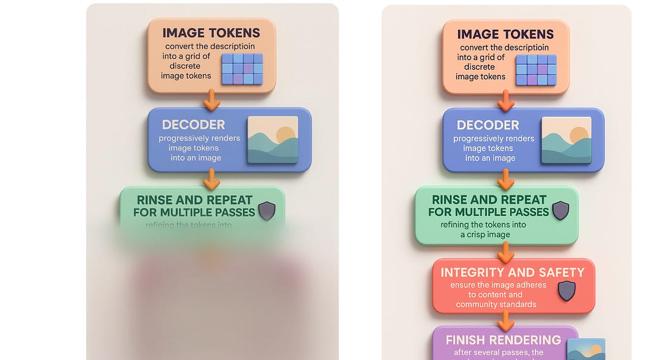
Image Credit: The Pragmatic Engineer
Building, launching, and scaling ChatGPT Images
- ChatGPT Images experienced rapid growth, with 100M new users signing up in the first week after its launch in March.
- Engineering leaders Sulman Choudhry and Srinivas Narayanan share insights on the ChatGPT Images project.
- Challenges included unexpected load, rewriting image generation to asynchronous, and ensuring reliability.
- The launch went viral in India, with popular figures using the GPT for image generation.
- The team experienced high traffic, reaching 1M new sign-ups per hour and 700M images generated in the first week.
- The technology stack for ChatGPT Images includes Python, FastAPI, C, and Temporal for asynchronous workflows.
- Adapting to peak loads, the team rewrote the image generation engine to handle asynchronous requests and maintain service availability.
- Isolating systems and improving performance were important for managing reliability challenges under high load.
- The team prioritized accessibility over latency during high traffic periods to ensure platform usability.
- Efforts to optimize code, improve system efficiency, and increase capacity led to a successful and reliable ChatGPT Images launch.
Read Full Article
Like
For uninterrupted reading, download the app